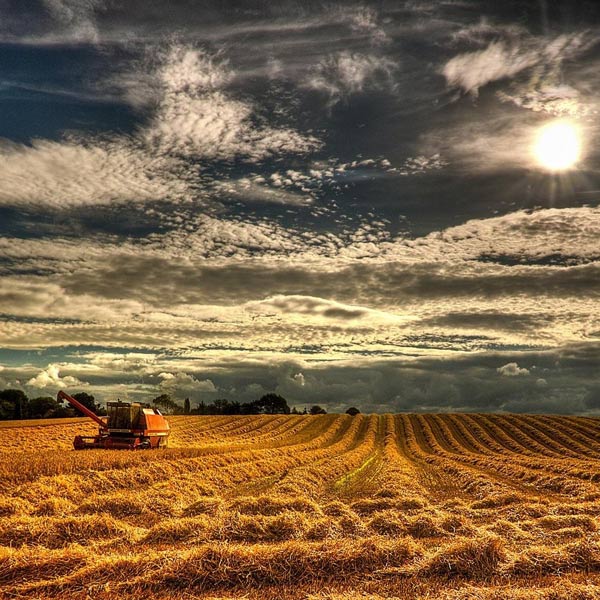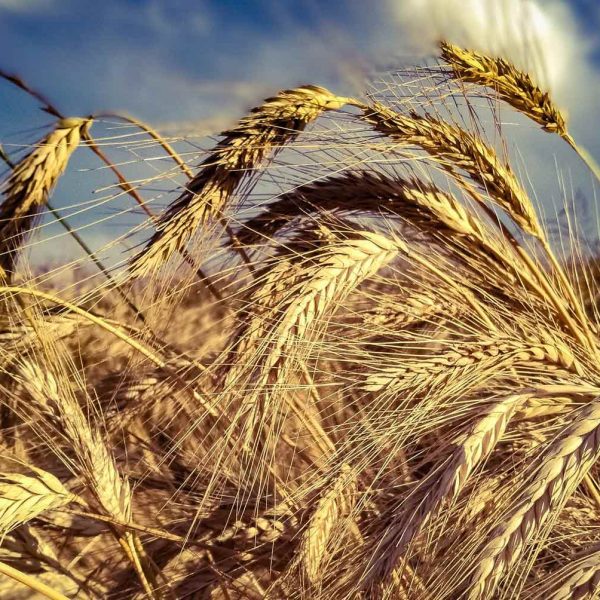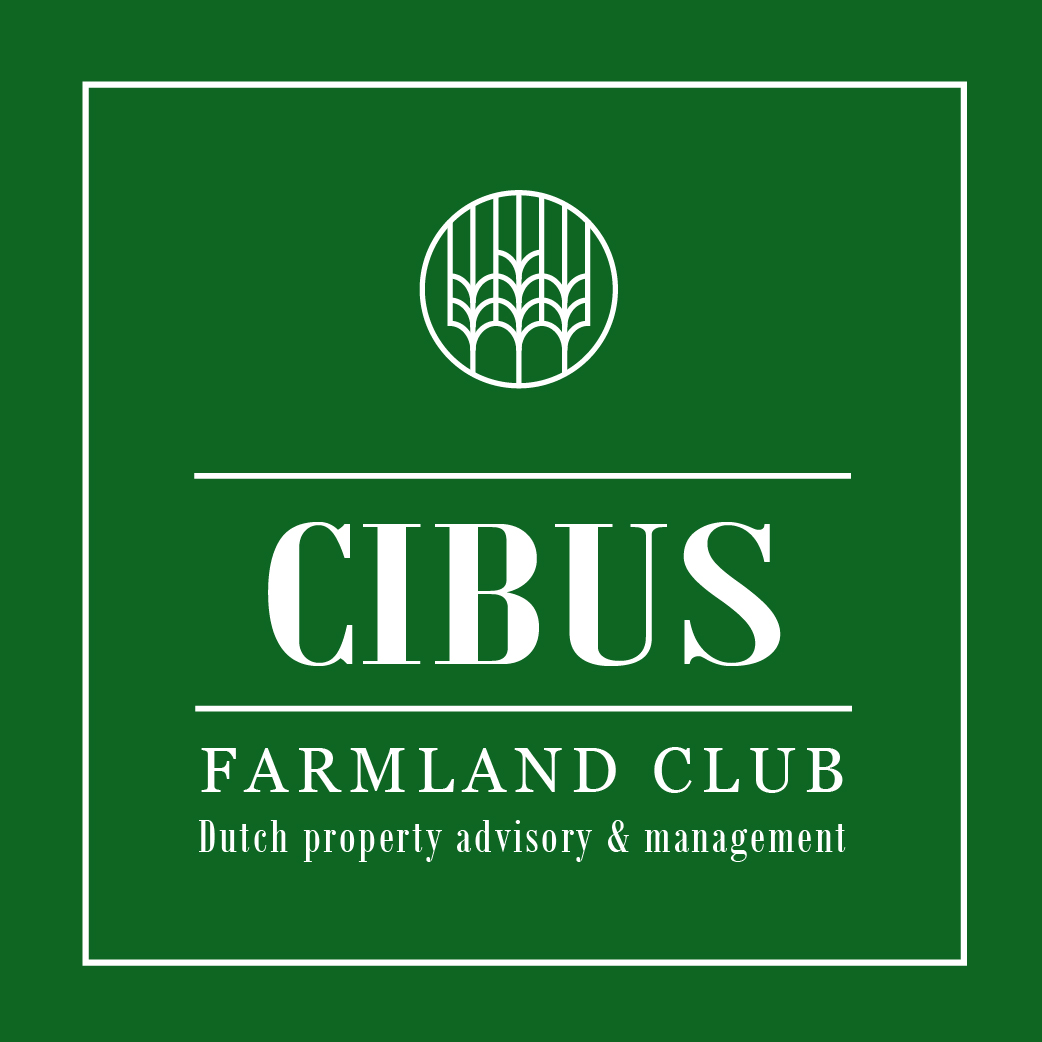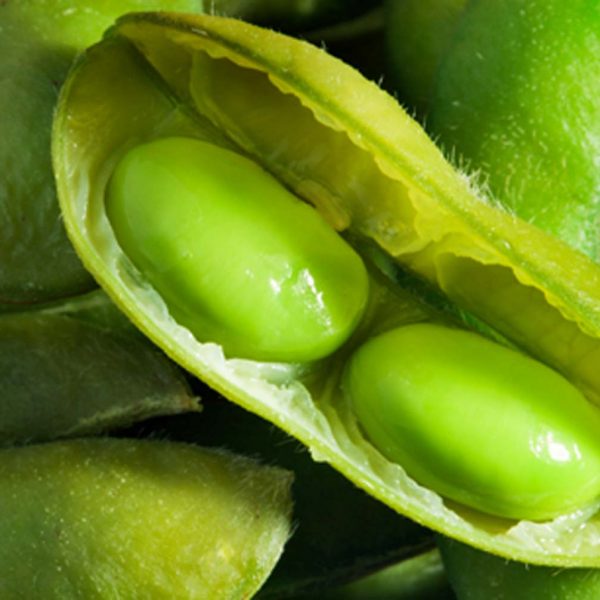Artificial fertilizers and crop protection
There is a high correlation between the use of the most important input of artificial fertilizer and crop protection means and the crop yield.
In Europe there are very large differences between countries regarding used inputs. For instance, in Belgium, the Netherlands, Germany and Norway 20 times as much fertilizer per hectare is used compared to the countries which use the minimum amount (such as the Russian Federation, Moldavia, Armenia, and Iceland). The use of crop protecting means also differs considerably between those countries.
The proceeds per kilogram per hectare in the regions with a high production of wheat and potatoes are approximately four times as high as those proceeds in the less productive regions. Fertile farmlands are defined as farmlands which show a minimal input of (environmentally harmful) means and a maximal crop production. The most fertile farmlands show an optimal relation between crop proceeds and means.

The Netherlands has the highest production of wheat and potatoes per hectare, but it also has the largest input of artificial fertilizer and herbicides per hectare. According to the Dutch LEI (Agricultural Economic Institute) the most efficient countries in this context are Romania, Ireland and Belgium.
Differences in currents costs and kilos of artificial fertilizer and crop protection between the Netherlands and Romania:
The Netherlands: use of artificial fertilizer 175 kg p/ha (1.20 p/kg)
Artificial fertilizer: 147 euro p/ha
Crop protection: 181 euro p/ha
Romania: use of artificial fertilizer 22 kg p/ha (0.30 euro p/kg)
Artificial fertilizer: 7 euro p/ha
Crop protection: 2 euro p/ha
It is obvious that the high quality farmlands in Romania with their relatively low crop yield contain a potential which is released with an adequate use of fertilizer and better crop protection. CFC invests in this by delivering agronomic and mechanisation guidance and using an extra budget for structural, sustainable soil improvement.
Conclusion
Due to modern agricultural management and up-to-date knowledge on high quality sowing and planting materials and optimal soil and cultivation improvement, the Dutch farmer is one of the best in the world. By applying this input to Romanian land, most of the crop yields can often be doubled within 3 years and sometimes even tripled. See next pages for a notional set up of a CFC model farm, which matches reality as close as possible.


